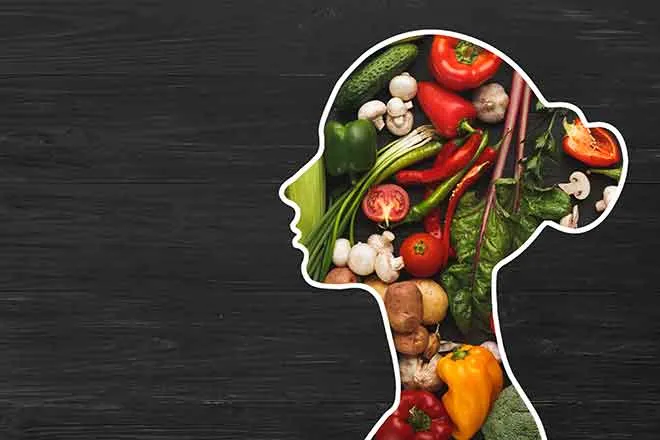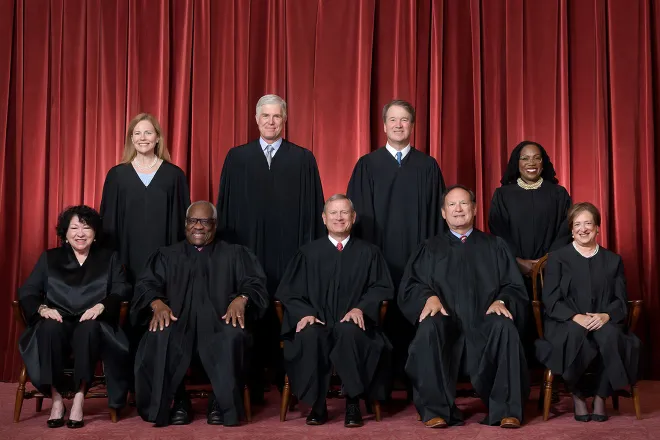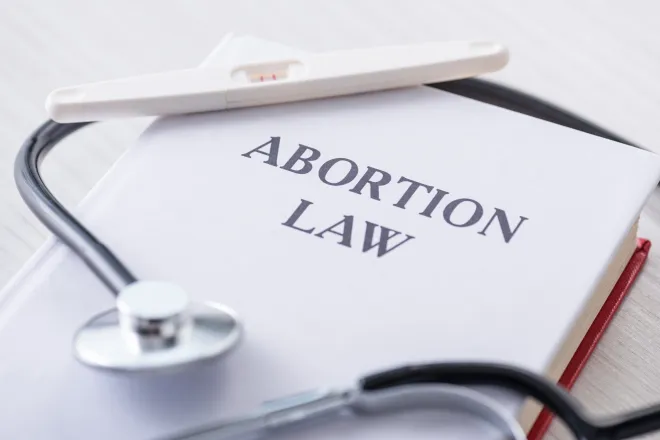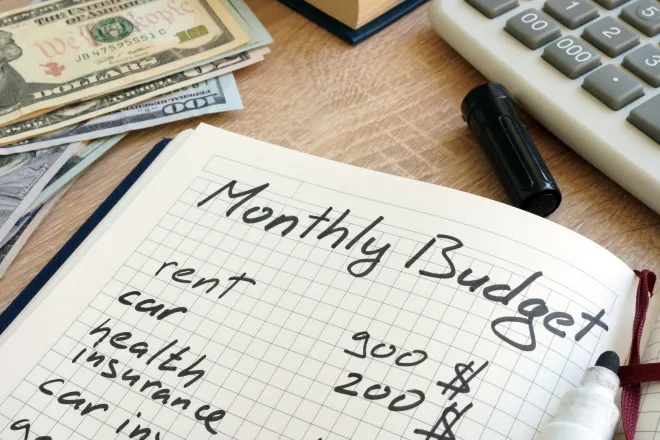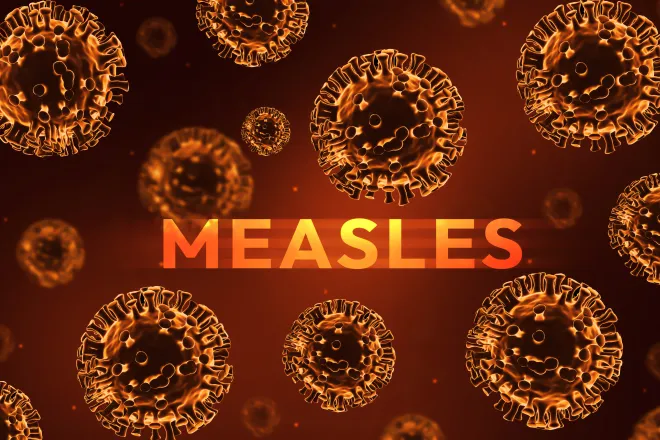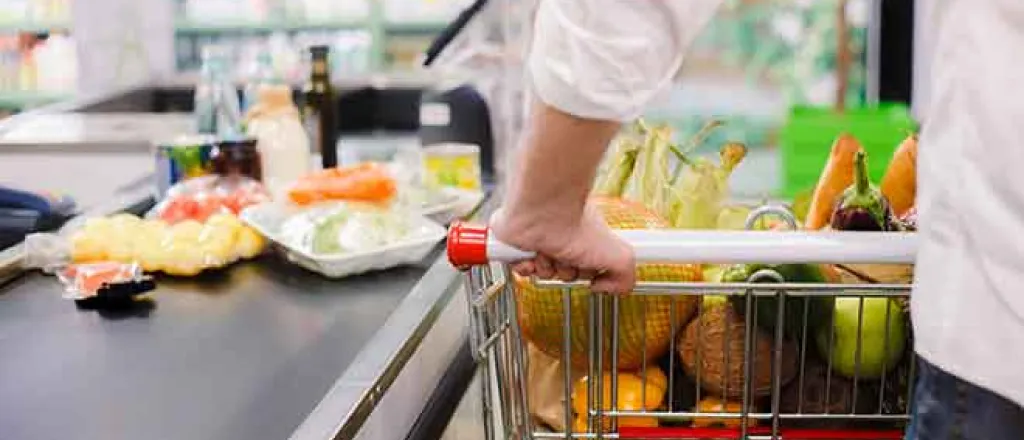
Colorado food banks begin work to meet increased need as SNAP benefits pause
About 100 cars lined up along H Street near Weld Food Bank in Greeley on Monday morning before the organization opened its doors, their drivers and passengers waiting to pick up food on the third day of a lapse in funding for the federal Supplemental Nutrition Assistance Program, or SNAP.
Staff and volunteers worked through a typical lunch break to meet demand, maneuvering shopping carts full of food to their awaiting recipients. By the end of the day, the food bank served about 2,200 people, according to Weston Edmunds, the food bank’s director of marketing and communications.
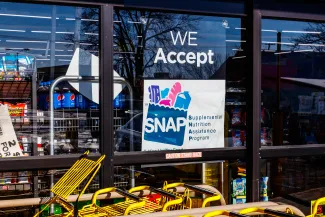
Half said they were impacted by the SNAP funding pause.
Angel Rojas came with her mother and 3-year-old son to pick up food, which included frozen meat, a 2-pound bag of rice, bottles of fruit punch and various produce. Rojas said she typically receives about $600 per month in SNAP benefits at the beginning of the month and tends to make a trip to the food bank later in the month when that money is gone.
She has seven children, and the ones in public school are getting breakfast and lunch through the state’s universal school meal program, but she worries about how to provide enough for everyone without SNAP.
“How am I going to make ends meet for the holidays? What bills will I have to skip to make sure there is food in the fridge for the kids?” she said.
Approximately 600,000 Coloradans rely on SNAP benefits each month, and advocates expect many of those people to turn to local food banks to get groceries. That will put increased demand on an already stressed system.
“SNAP is a really important safety net. We’re supposed to be the safety net to that safety net, but then it just disappeared,” said Monica Buhlig, the chief impact officer for Food Bank of the Rockies.
Court orders
The Trump administration announced in late October that it would not fund SNAP in November due to the ongoing federal government shutdown.

Friday, however, two federal judges in separate rulings ordered the U.S. Department of Agriculture to use money in contingency funds to pay for the program during the shutdown. The Trump administration said Monday that it wouldpartially fund SNAP, but it is not clear when that money will trickle down to individual people. It could be weeks.
The government shutdown began Oct. 1 and has persisted into November as U.S. Senate Democrats and Republicans have failed to agree on a short-term spending measure.
How am I going to make ends meet for the holidays? What bills will I have to skip to make sure there is food in the fridge for the kids?
Haysel Hernandez, a spokesperson for the Colorado Department of Human Services, said the state will issue payments “as rapidly as possible” once they get federal guidance. That guidance could include a requirement to recalculate how much each household is eligible to receive.
“In circumstances where the federal government provides a full month of funding, we anticipated that the issuance of payments would take up to 10 days. However, as the compliance report indicates that (the federal government) will be making partial payments, CDHS will need to implement certain system modifications to process the correct amounts,” she wrote in an email.
‘I’m scared’
Food banks across Colorado saw new clients from atypical demographics over the weekend, Buhlig said.
“People are really looking to find food, not knowing all the resources available to them, and just trying to find food where they can,” she said. “What I’m keenly aware of is that when you’re new to the system, navigating geography, different hours of operation, different days of the week is complex.”
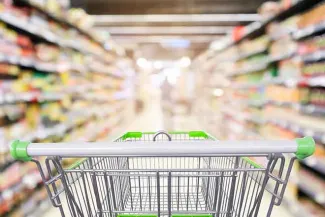
© iStock - Kwangmoozaa
Food Bank of the Rockies stocked up on produce and meat to prepare for the funding lapse, food that is nourishing, yet expensive, and highly requested by local food pantries.
Sarah Temple frequented the Weld Food Bank when her 9-year-old daughter was first born but has relied on SNAP in recent years to supplement her income. She said she receives a little over $900 per month for herself and three children.
“When I found out the SNAP thing was going to happen, I didn’t know what I was going to do. And then the food just dwindled down in my freezer, so now I’m here,” she said.
Temple recently lost her job and plans to rely on her church’s food pantry this month as well.
“When we have our SNAP benefits, we go to Costco and stock up. It can last two months with meat, vegetables and ice cream once in a while for the girls if we can afford it,” she said. “But now I’m scared to the point where I can’t even talk.”
Last week, the state’s Joint Budget Committee approved up to $10 million in extra funding for the state’s food banks. State leaders are also encouraging people to donate directly to Feeding Colorado at feedingcolorado.org/donate.
Find a nearby food distribution site at feedingcolorado.org/find-food.

